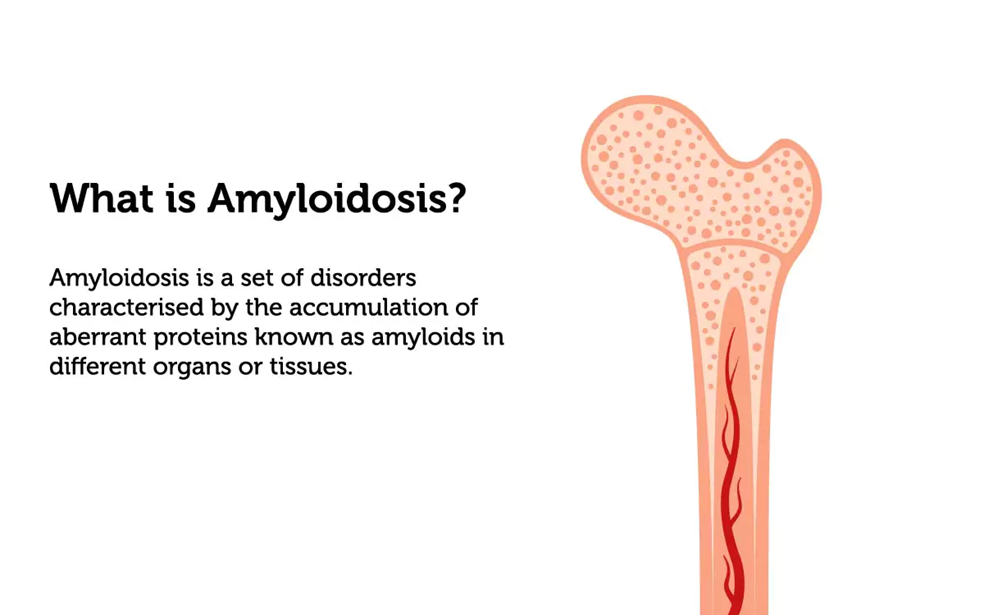Free Courses Sale ends Soon, Get It Now


Free Courses Sale ends Soon, Get It Now



Copyright infringement not intended
Picture Courtesy: www.lybrate.com
Context: The research conducted by scientists from the Institute of Advanced Study in Science and Technology (IASST) is focused on using lysozyme molecules as a model to understand and study diseases like Amyloidosis.
About Amyloidosis
Symptoms
Causes
Diagnosis
Treatment
|
PRACTICE QUESTION Q. Which organ is most commonly affected by amyloidosis? A. Lungs B. Liver C. Heart D. Pancreas Answer: C Explanation: Amyloidosis frequently affects the heart, leading to symptoms such as heart failure and irregular heartbeats. |
© 2024 iasgyan. All right reserved